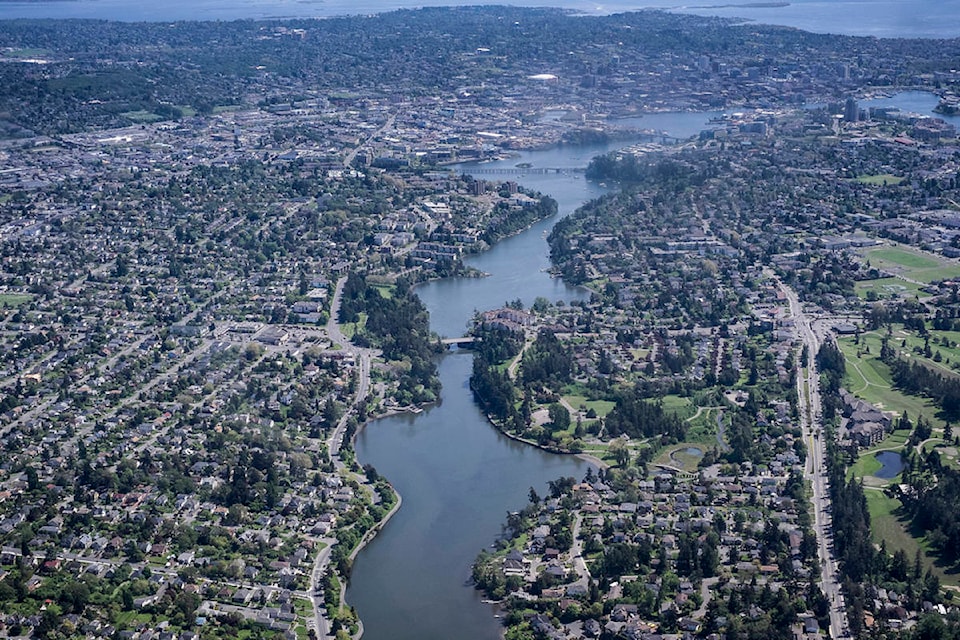British Columbia could be home to seven million people by 2043, but still fall behind Alberta in population size.
That is one of the projections found in a new report from Statistics Canada. It predicts the provincial population will continue to grow over the next 25 years according to all scenarios. But if so, the range of predictions varies, from 5.61 million under the low-growth scenario to 6.94 million under the high-growth scenario. Statistics Canada pegs the current population at 4.99 million in 2018.
The agency gamed out nine scenarios involving various demographics factors such as natural birth rate and immigration and almost all scenarios could see Alberta surpass British Columbia by 2043 to become the third most populous province in Canada.
RELATED: International migration drives population rise in B.C.
RELATED: Canada’s population clock shows demographic changes in real time
“In all scenarios, the rate of population growth in Alberta would be the highest among Canadian provinces over the next 25 years,” reads an accompanying analysis from Statistics Canada. “By 2043, Alberta’s population would number between [six] million and 7.3 million inhabitants depending on the scenario, compared with 4.3 million in 2018.”
All scenarios show Ontario would remain the most populous province, with Alberta and Ontario accounting for more than half of the overall national population between 2018 and 2043 in all scenarios.
By 2068, the Canadian population could reach anywhere between 44.4 million and 70.2 million by 2068. According to the medium-growth scenario, the Canadian population would grow from 37.1 million in 2018 to 55.2 million by 2068.
What accounts for the growth? Immigration, mainly. “While the populations of many developed countries are expected to decrease, Canada’s population is projected to grow over the next 50 years, largely because of strong immigration,” it reads.
But immigration won’t stop the Canadian society from aging. All projections show seniors will continue to outnumber children, a pattern dating back to 2016. By 2068, seniors could account for up to 30 per cent of the Canadian population, while the share of persons of working age (15 to 64 years) could decrease from 67 per cent in 2018 to a possible low of 58 per cent in 2068, a development with significant consequences for the Canadian economy and the sustainability of the welfare.
Broadly speaking, the population projections confirm Ontario’s demographic dominance, predict demographic growth in western Canada centred on Alberta, and an aging Atlantic Canada. They also suggest the declining salience of Canada’s linguistic fault lines.
Quebec, home to almost eight out of 10 residents who claim French as their first mother tongue, could see its population drop. It could decrease from 22.6 per cent in 2018 to between 20.1 per cent and 20.6 per cent by 2043. Recent years have also seen a proliferation of immigrants from countries, whose dominant language is neither French nor English.
Like us on Facebook and follow us on Twitter
wolfgang.depner@peninsulanewsreview.com
